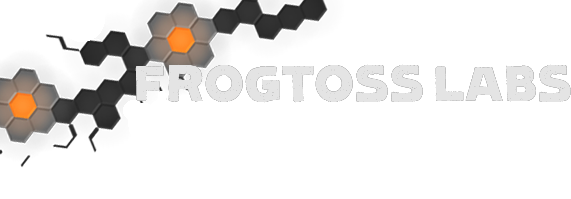
Bootstrapping Your Linux and Mac Shells
Mon 07 August 2017
Michael Labbe
#code
Between the cloud, VMs, Docker and cheap laptops, I run into more unconfigured shell environments than I ever did before. In the simple old days you used to get a computer and configure it. You reaped the productivity of that configuration for years. Nowadays environments are ridiculously disposable. The tyranny of the default has become incredibly powerful.
I decided to take the power back and create a self-installing bootstrap script which I could use to configure any new system with a Bash shell. This ended up being a one-day hack that has made my life a lot more sane. My requirements were:
-
It must self-install and self-configure without needing to type any commands.
-
It must be accessible everywhere from an easy-to-remember URL so I don’t need to copy/paste.
-
It must optionally let me choose how each system is configured.
-
It must run anywhere — inside stripped down Docker containers, etc.
To build this, I decided on using Bash scripting. Perl, Python and Ruby are not always available. Bash, while not quite as ubitquious as /bin/sh and Busybox, is close enough.
Makeself creates self extracting archives. You can download a shell script that unarchives to a tempdir, running a setup script with access to a hierarchy of files. This is exactly what we needed.
In order to centrally host the bootstrap script, I used Amazon S3. S3 buckets have notoriously long names, but Amazon gives you the ability to use a CNAME for a subdomain that you own. This means I could use a subdomain like https://bootstrap.frogtoss.com that is backed by S3, guaranteeing the bootstrap is accessible virtually anywhere in the free world.
What remained is a long day of enjoyable hacking that produced a set of very personal dotfiles, emacs tweaks and sed manipulations that converted a basic install into something as usable as my most tweaked workstation.
Now I have a chained command that is similar to the following which highly configures any Linux instance:
rm -f bootstrap.sh;wget http://bootstrap.frogtoss.com/bootstrap.sh;chmod +x bootstrap.sh ; sudo ./bootstrap.sh